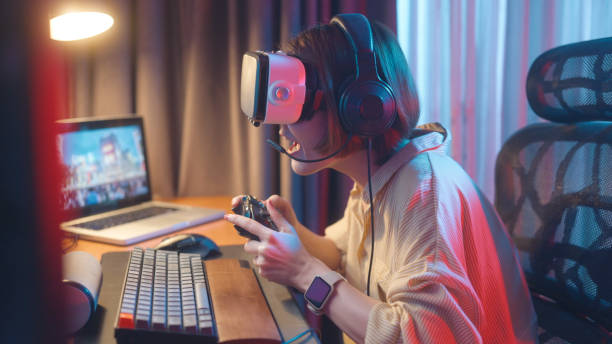Breaking Down the Hype: Augmented Reality Glasses
As we step into the future, technology continues to augment our lives in ways we couldn't imagine a few decades ago. One particular device that's been making waves is Augmented Reality glasses. These high-tech eyewear gadgets promise to blend the digital and physical worlds seamlessly. But what exactly are they? And are they worth the hype? Let's delve into the fascinating world of AR glasses.

A Glimpse into the Past: The Genesis of Augmented Reality Glasses
Augmented Reality (AR) technology, which overlays digital information on the real world, has been a concept since the early 20th century. However, it wasn’t until the 90s that we saw the first operational AR systems. The 2012 Google Glass project was the first major foray into AR glasses for consumers, but its high price tag and limited functionality led to its commercial failure.
The Current State of Play: AR Glasses Today
Fast forward to the present day, and we’re seeing a resurgence in AR glasses. Tech giants like Apple, Facebook, and Microsoft are investing heavily in this space. The current generation of AR glasses offers improved functionality, better design, and more affordability. Smart glasses like the Vuzix Blade and Nreal Light are already on the market, while others like the much-anticipated Apple Glasses are still in development.
The Tech Inside: How Do AR Glasses Work?
AR glasses work by projecting digital images onto the user’s field of vision, usually through a combination of cameras, sensors, and a tiny display. Some models use waveguide or light field technology to create a more immersive experience. The glasses are often connected to a smartphone or PC and use the processing power of these devices to run AR applications.
The Price Point: How Much Do AR Glasses Cost?
The price of AR glasses varies widely depending on the model and its capabilities. Entry-level devices like the Vuzix Blade start at around $800, while high-end models like the Microsoft HoloLens 2 retail for $3,500. As the technology matures and competition increases, prices are expected to come down.
The Impact: How AR Glasses Could Change Our Lives
AR glasses have the potential to revolutionize various sectors. For instance, in healthcare, they could provide surgeons with real-time information during operations. In education, they could make learning more interactive. For consumers, AR glasses could transform shopping, gaming, and even social interactions. However, concerns around privacy, user comfort, and societal acceptance remain challenges for this burgeoning technology.
In conclusion, there’s no denying the potential of AR glasses. As the tech continues to evolve and become more mainstream, it could truly change the way we interact with the world. Only time will tell if the reality will match the hype surrounding these futuristic devices.




